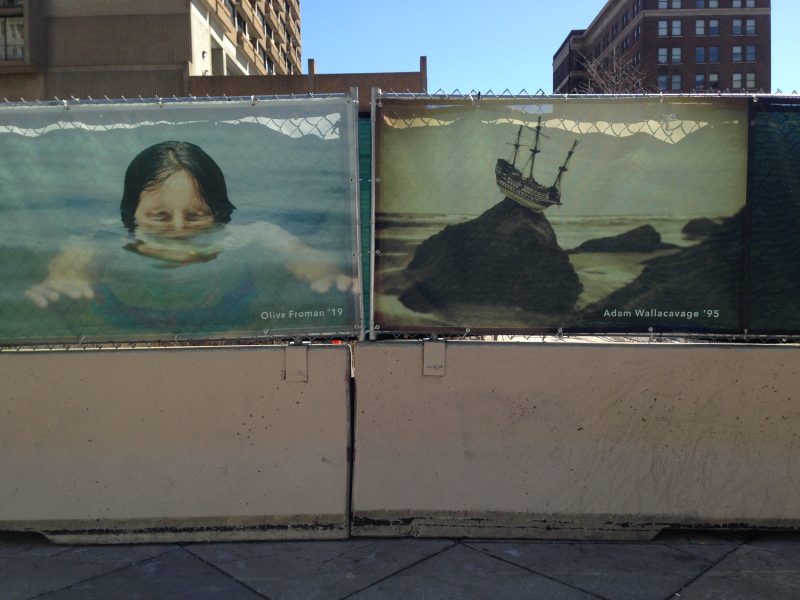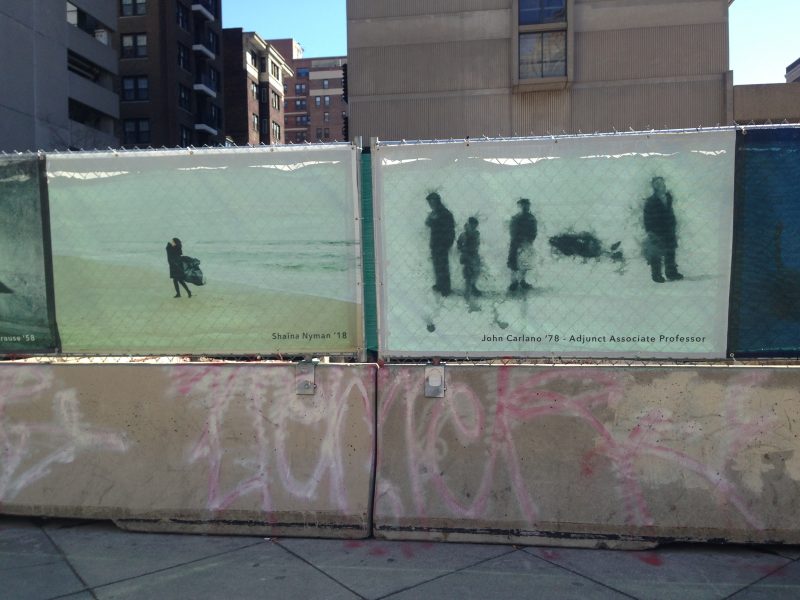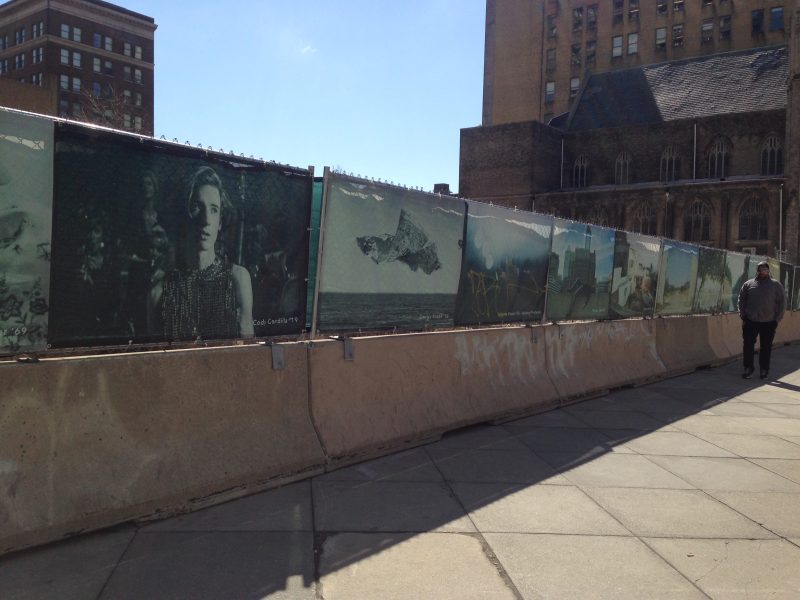NEWS
Artblog launches an advice column, “Ask Artblog,” with inaugural column by Contributor Dave Kyu, focusing on careers in the arts for graduating arts majors. “Ask Dave” now at ask@theartblog.org!
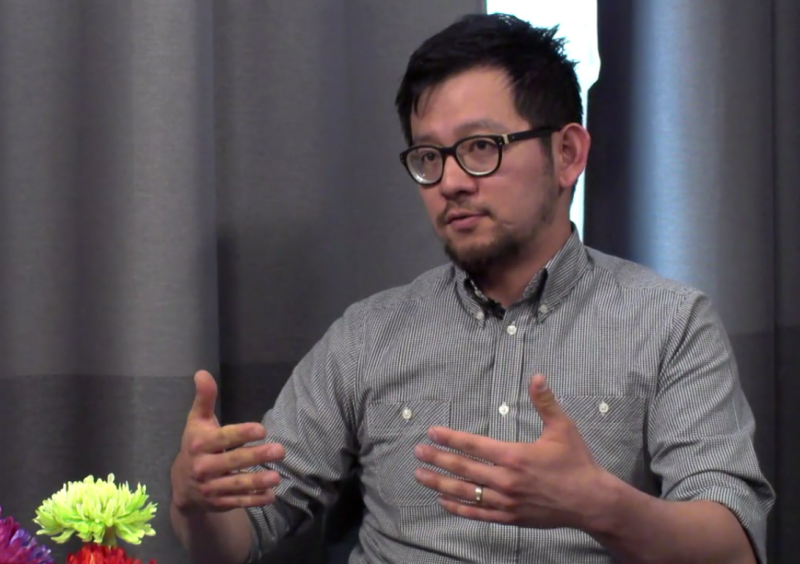
Artblog contributor (and 2007 Tyler grad!), Dave Kyu, is kicking off Artblog’s new advice column, “Ask Artblog” at the end of April, with answers to questions art students have as they barrel along towards graduation and the impending real world. Dave needs your help – Students! Ask Dave your questions about art world careers and other post-graduation concerns?
- Details are:
“Ask Dave” by emailing questions to ask@theartblog.org.
Deadline to submit questions is midnight, April 15, 2018.
Questions should be no more than 100 words and if published may be shortened.
Questioner’s names will be kept anonymous or limited to first name only.
The column will focus on three questions that seem representative and answerable.
Artblog will publish the column at the end of April, 2018.About Dave Kyu…A little about myself: I’ve built now a 10-year career that’s taken me through the halls of Philadelphia non-profit institutions, city government, public art agencies, educational institutions, and artist-run projects and spaces, as administrator, preparator, and artist. I’d like to share some of the insight I’ve gained on the topic of careers in the arts with those graduating students nervously and excitedly looking out into the abyss.
We are accepting questions at ask@theartblog.org through April 15th, and request that questions be no more than 100 words. Askers can be identified by first-name only, by username, or pseudonym!
University of the Arts does street photography in a B-I-G way. From UArts Dean of the College of Art, Media & Design, Mark Campbell…
UArts has two Deborah Willis photo murals installed in front of Hamilton Hall on Broad Street. We also have a huge public work of photography on view at Broad and Spruce. Over 40 images installed on the vacant lot fence! Had support from neighbors and developer.
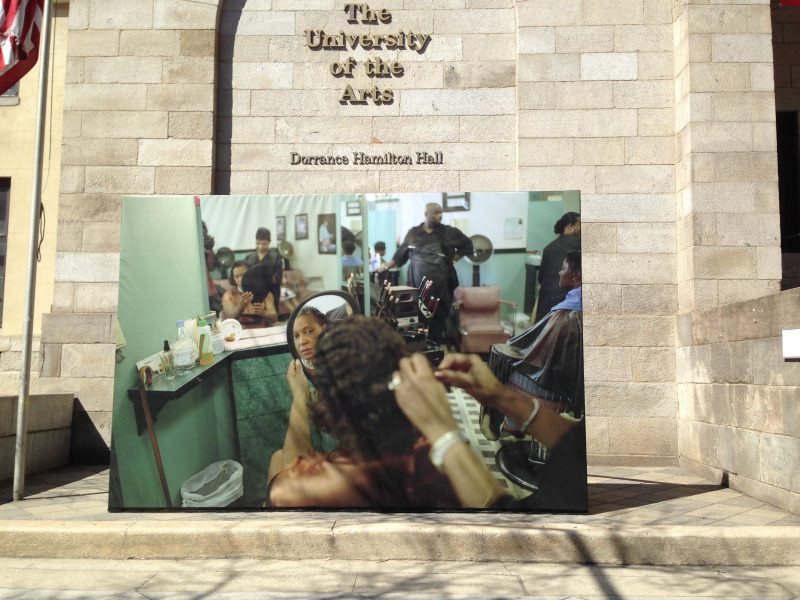
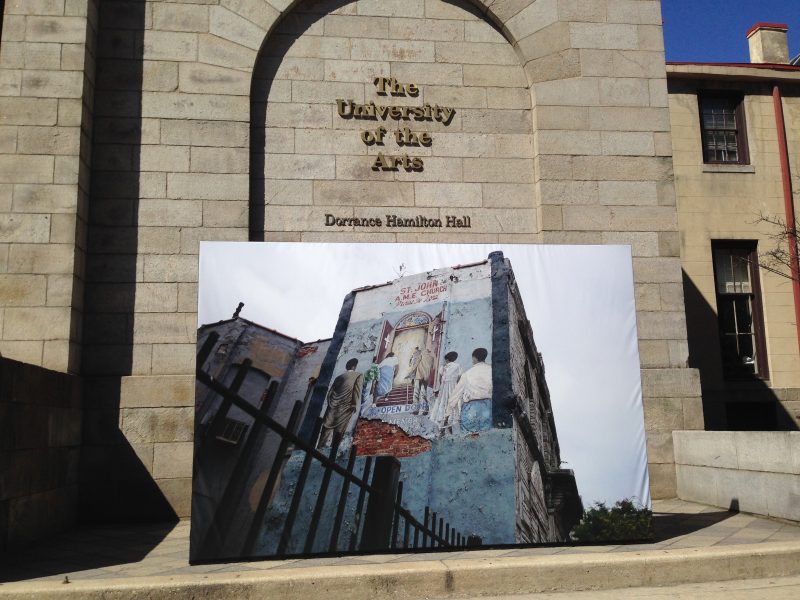
About Carrie in Euro Salon, Eatonville
Zora Neale Hurston’s Eatonville is known for many things. Hurston spent her formative years in the small town observing, writing and creating visual stories. It is charged full of history. At the end of the nineteenth century, it was one of the first incorporated all black towns, symbolizing the prospect of social and cultural mobility in the years just after Emancipation. Remembered as an anthropologist, folklorist, and writer, Zora Neale Hurston was born on January 7, 1891 in Notasulga, Alabama and died on January
28, 1960 in Fort Pierce, Florida. She grew up in Eatonville and frequently wrote about life in and around that established black town. My photographs attempt to visualize a contemporary view and/or further establish a popular idea of Eatonville, both its reality and its romantic, “mythical” nature.My photograph focuses on the history of storytelling using Zora Neale Hurston’s hairstyle and dress to connect her to the contemporary artist, Carrie Mae Weems. I grew up in a beauty shop and more recently I started photographing women in beauty shops including the photo artist Carrie Mae Weems. Thus, the intentionality of my work is really [one] in search of beauty and in search of storytelling that happens in Hurston’s writings. Growing up I used to sit on the floor and listen to women talk about their lives, their hopes, and their disappointments. I was a young girl, but I understood that there was something central and important about that experience and I started noticing a connection in my work to Zora’s writing when I consider Zora’s and my personal history. For example, my photograph of Carrie Mae Weems in the beauty shop, was taken [when] we were in Eatonville. The mirrors are central to the work in terms of the idea of reflection and looking for, not only self-approval, but also the idea of women embracing their own beauty is what I am thinking about. I am fascinated with the recognition of beauty in our everyday lives.
About The Upper Room: From the Sunday in Harlem Series
In his book, The Best of Simple, Langston Hughes depicts a fictional Harlem resident, Jesse B. Simple, a free-thinker, charmed by–but serious about his view of life in Harlem. Originally written as a newspaper column for the Chicago Defender, Simple’s stories about the Harlem community of the time, are full of folk philosophies on love, death, religion, and friendships set against the backdrop of the streets of Harlem. In this work, I attempt to weave Hughes narrative of an imagined past through a collection of my
contemporary photos to evoke the beauty and spirituality of a cultural memory. My photography in Harlem on Sunday afternoons revisits the Langston Hughes world of the Jesse B. Simple’s Harlem. I am intrigued by Langston Hughes’ ability to describe his love for the Harlem community and to express it through the voice of an imagined character. As was the case with Jesse B. Simple, the contemporary reality that I find – a complex web of politics, race, and identity is not so simple at all. My camera unravels these complex tales by offering a visual response to Hughes’ narrator that focuses on public art found on Harlem streets.Deborah Willis ’75, PhD, is University Professor and Chair of the Department of Photography & Imaging at the Tisch School of the Arts at New York University and has an affiliated appointment with the College of Arts and Sciences, Department of Social & Cultural, Africana Studies, where she teaches courses on photography and imaging, iconicity, and cultural histories visualizing the black body, women, and gender. Her research examines photography’s multifaceted histories, visual culture, the photographic history of Slavery and Emancipation, contemporary women photographers and beauty. Also, a photographer, she received the John D. and Catherine T. MacArthur Fellowship and was a Richard D. Cohen Fellow in African and African American Art, Hutchins Center, Harvard University and a John Simon Guggenheim Fellow. Professor Willis received the NAACP Image Award in 2014 for her co-authored book (with Barbara Krauthamer) Envisioning Emancipation. Other notable projects include The Black Female Body A Photographic History, Reflections in Black: A History of Black Photographers – 1840 to the Present, Posing Beauty: African American Images from the 1890s to the Present, Michelle Obama: The First Lady in Photographs, a NAACP Image Award Literature Winner, and Black Venus 2010: They Called Her ‘Hottentot’.
Deborah WiIlis has a solo exhibition of recent works at the African American Museum in Philadelphia. That show runs to April 29,2018. Read Imani Roach’s insightful review.
About the Photo Fence...From Jessica Kahle of UArts. “For the photo fence on Broad and Spruce Streets, it is work from students, faculty and alumni from the Photography program. There were 44 artists selected and 46 images. This was done in partnership with Washington Square West Civic Association and Dranoff Properties. We have worked on projects before with Wash West, with the wrapping of the utility boxes, but this is our first artistic partnership with Dranoff Properties. We have been getting a positive response from the project and hope you can take a look.”
